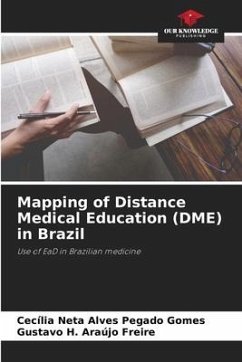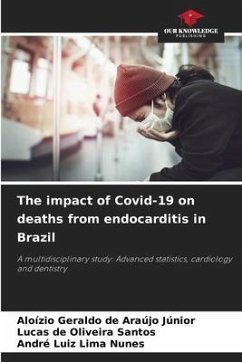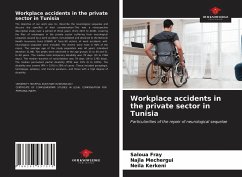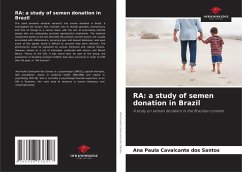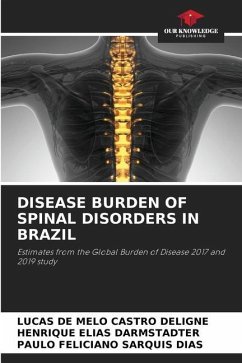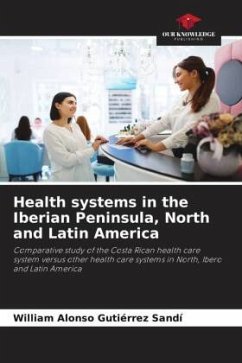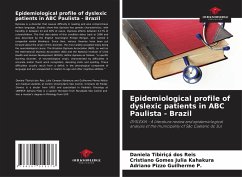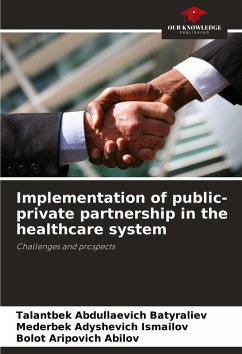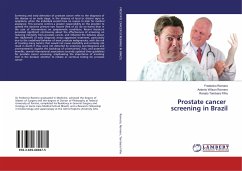
Private spending on medicines in Brazil:
analysis of the 2002/3 and 2008/9 Household Budget Survey
Versandkostenfrei!
Versandfertig in 6-10 Tagen
33,99 €
inkl. MwSt.

PAYBACK Punkte
17 °P sammeln!
Secondary data from a nationwide cross-sectional study from the 2002/3 and 2008/9 editions of the Family Budget Survey, conducted by the Brazilian Institute of Geography and Statistics, were analysed. The sample was selected by clusters, with census tracts as the primary sampling units and private households as the secondary sampling units. There was a significant increase in the proportion of households with expenditures on medications for diabetes (+120.8%) and hypertension (+49.4%) in Brazil between 2002/3 and 2008/9. However, there was a reduction in income spent on medications for SAH and...
Secondary data from a nationwide cross-sectional study from the 2002/3 and 2008/9 editions of the Family Budget Survey, conducted by the Brazilian Institute of Geography and Statistics, were analysed. The sample was selected by clusters, with census tracts as the primary sampling units and private households as the secondary sampling units. There was a significant increase in the proportion of households with expenditures on medications for diabetes (+120.8%) and hypertension (+49.4%) in Brazil between 2002/3 and 2008/9. However, there was a reduction in income spent on medications for SAH and an increase in medications for DM. When only households with positive expenditures were analysed, the average monthly expenditure also increased for DM medications, but showed a slight decrease for HTN medications. The largest increases in the proportion of households with expenditures on medications for both diseases and in the average amounts spent were observed in the poorest households and those whose respondents had lower levels of education, highlighting the need to analyse existing public policies, as well as the possibility of creating new policies aimed at equity.



